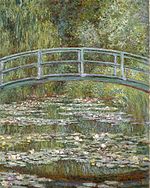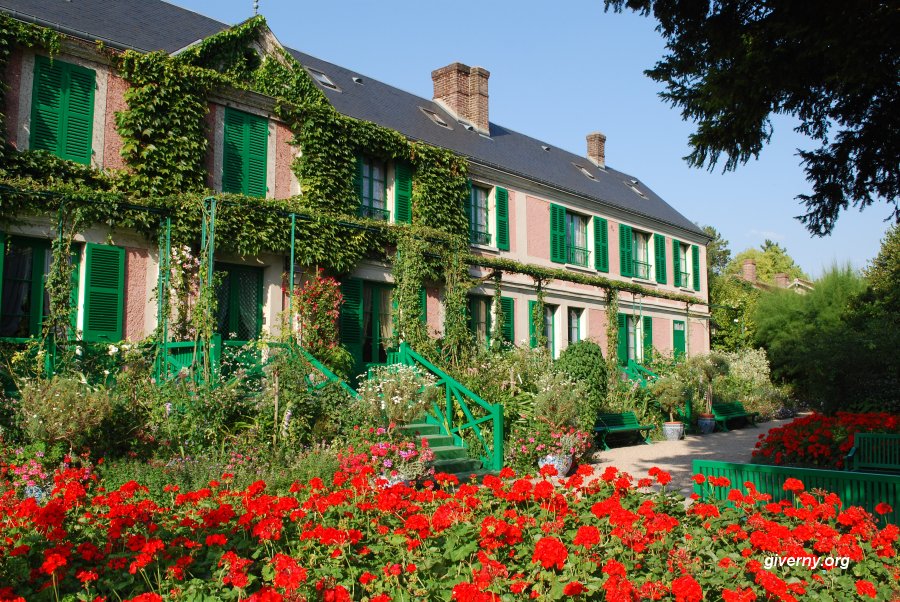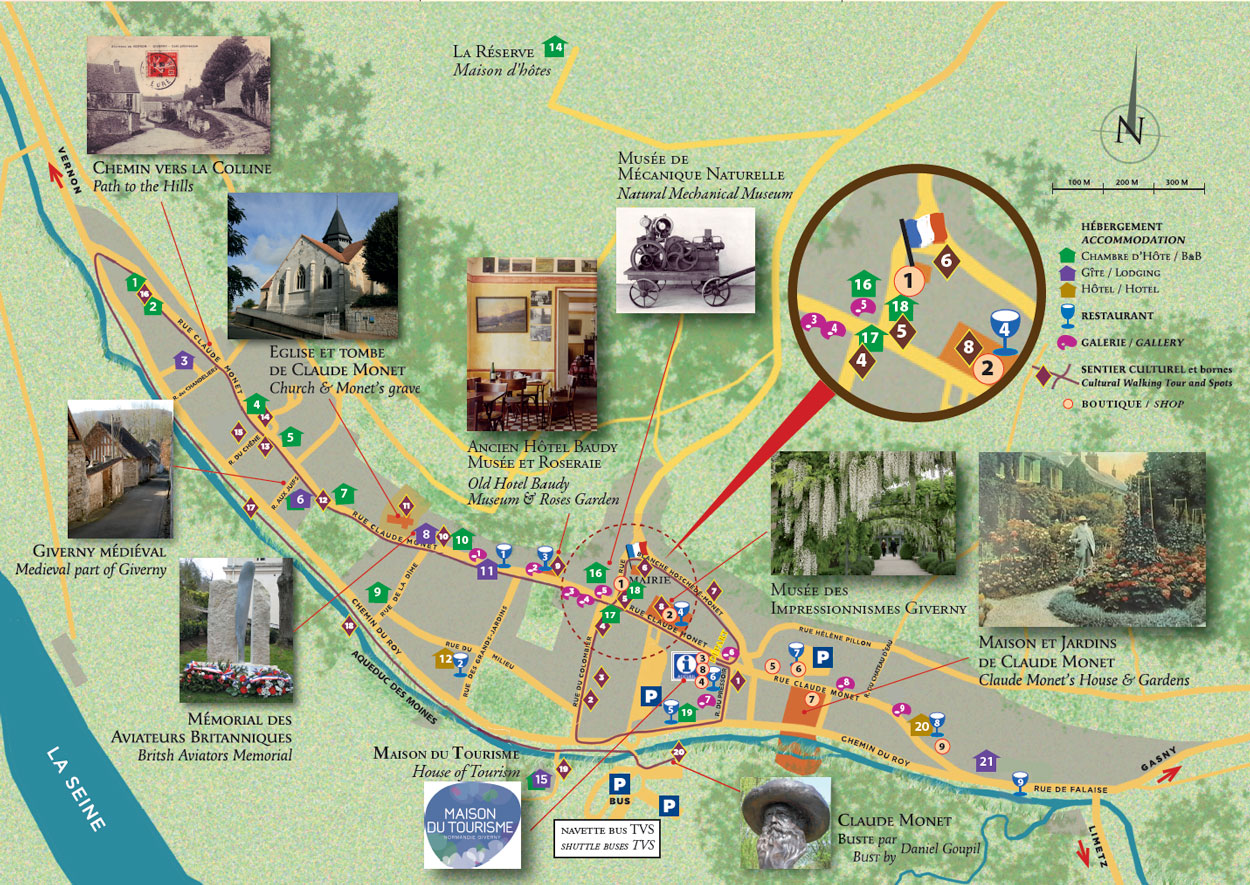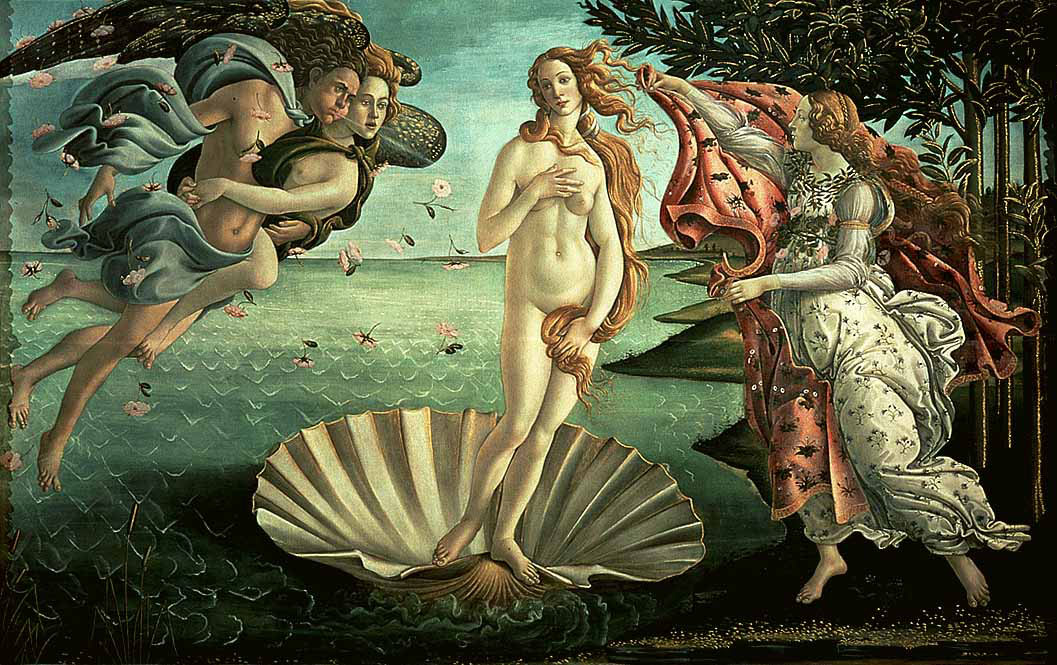La Joconde est l’un des portraits les plus célèbres du monde, peint par le grand génie de la Renaissance, Leonardo da Vinci ("Léonard de Vinci" en français).
Doc.1 - Autoportrait de Léonard de Vinci (craie rouge, 1512)
Des millions de visiteurs viennent admirer au musée du Louvre ce chef-d'œuvre de la Renaissance italienne offert au roi de France François 1er (1494-1547).
Doc.2 - Portrait de François 1er (huile sur toile, Jean Clouet, c. 1530)
Doc.3 - Portrait de Lisa Gherardini, épouse de Francesco del Giocondo, dite Monna Lisa, la Gioconda ou la Joconde (huile sur bois, Léonard de Vinci, c. 1510)
Doc.4 - La Joconde aux clefs (Fernand Léger, 1930), Mona Lisa à l'âge de douze ans (Fernando Botero, 1959), Colored Mona Lisa (Andy Warhol, 1963), Mona Lisa (Marco Pece, 2007)
Léonard de Vinci veut représenter la perfection du corps humain. Il utilise la géométrie : si tu piquais la pointe d’un compas au milieu du nez de la Joconde, tu t’apercevrais que les yeux et la bouche sont placés sur un même cercle !
Mais la Joconde n'est pas le seul tableau du Louvre !
Voici pour finir une petite balade parmi les trésors de ce grand musée parisien organisée par Jamy et Fred.














































